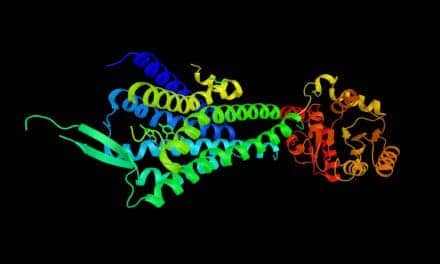Phase 3 data of Xywav’s clinical trial has now been published in the journal SLEEP. Marketed by Jazz Pharmaceuticals plc, Xywav (calcium, magnesium, potassium, and sodium oxybates) oral solution was approved by the US Food and Drug Administration in July 2020 for the treatment of cataplexy or excessive daytime sleepiness (EDS) in patients 7 years of age and older with narcolepsy.
[RELATED: Xywav or Xyrem: What’s the Difference?]
In the double-blind, placebo-controlled, randomized-withdrawal, multicenter study, Xywav achieved the primary and key secondary endpoints demonstrating highly statistically significant differences (p<0.0001) in median change in weekly number of cataplexy attacks and Epworth Sleepiness Scale (ESS) scores compared to placebo. Results of the study were previously presented in an oral presentation at World Sleep 2019.
“This publication reinforces the option Xywav provides for those living with cataplexy or EDS associated with narcolepsy,” says Robert Iannone, MD, MSCE, executive vice president, research and development of Jazz Pharmaceuticals, in a release. “Xywav was approved in July by the FDA as a new treatment option indicated for both cataplexy and EDS in people living with narcolepsy and I am proud to be part of the organization that developed this groundbreaking therapy for people living with this debilitating neurological disorder.”
This Phase 3 study served as the basis of the FDA approval of Xywav. Xywav is an oxybate product with a composition of cations resulting in 92% less sodium—or approximately 1,000 to 1,500 mg/night less—than sodium oxybate at the recommended dosage range of 6 to 9 grams.
The study enrolled 201 participants and randomized 134 participants, which included those previously treated with sodium oxybate and naïve to sodium oxybate, with or without other anticataplectic treatments. During the two week double-blind randomized withdrawal period, there was a significant increase in median weekly number of cataplexy attacks in participants randomized to take placebo compared with participants randomized to continue Xywav treatment (median [Q1, Q3]: 2.35 [0.00, 11.61] vs 0.00 [−0.49, 1.75], respectively; treatment difference, P<0.0001).
At the end of the double-blind randomized-withdrawal period, there was a significant increase in median ESS scores in participants randomized to take placebo compared with participants randomized to continue Xywav (median [Q1, Q3]: 2.0 [0.0, 5.0] vs 0.0 [−1.0, 1.0], respectively; treatment difference, P<0.0001).1 The most common adverse reactions reported by participants (≥5%) were headache, nausea, dizziness, decreased appetite, parasomnia, diarrhea, hyperhidrosis, anxiety and vomiting.
The company plans to launch Xywav in the fourth quarter of this year, following Risk Evaluation and Mitigation Strategy implementation.
Illustration 125235419 © Keport – Dreamstime.com





